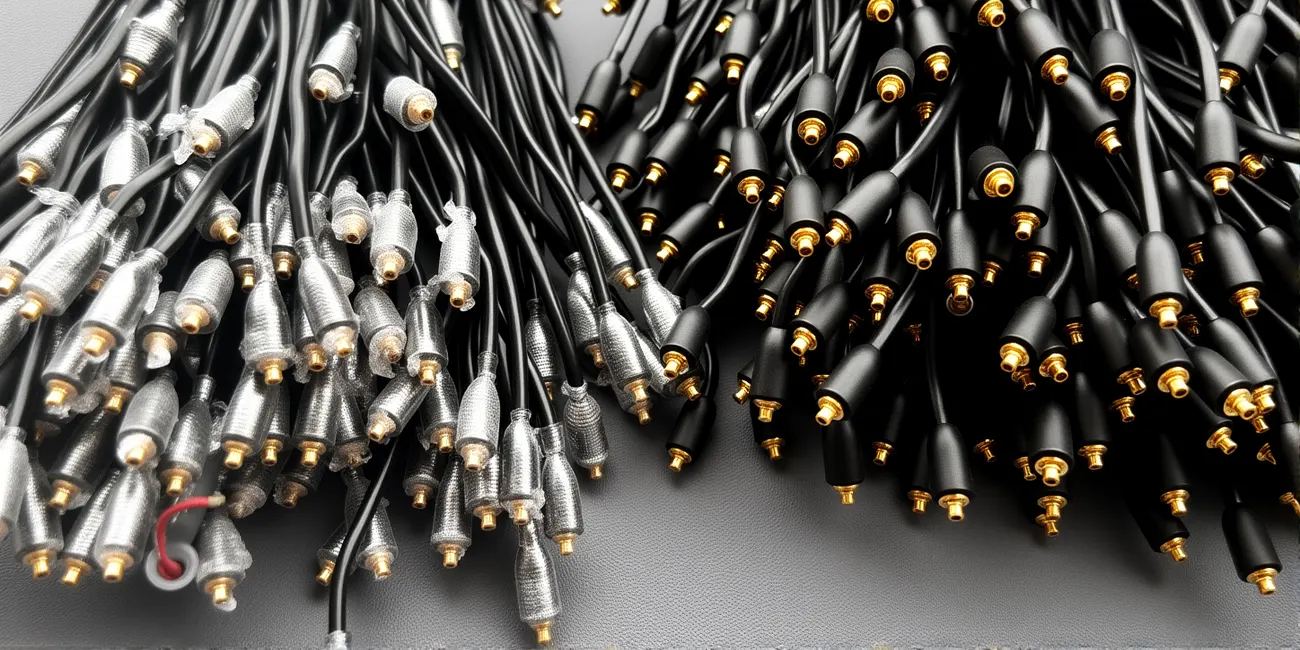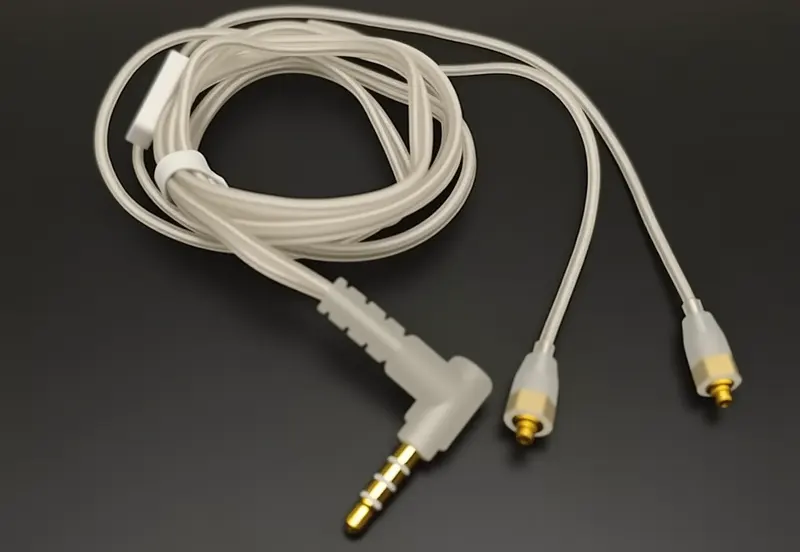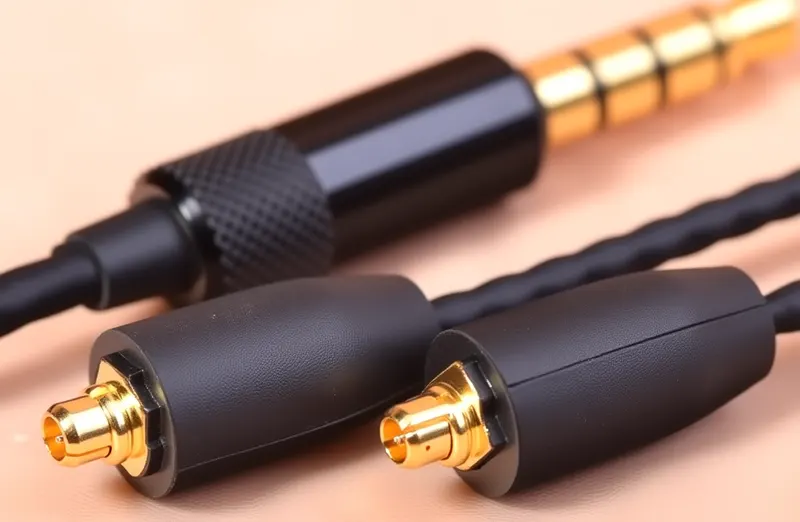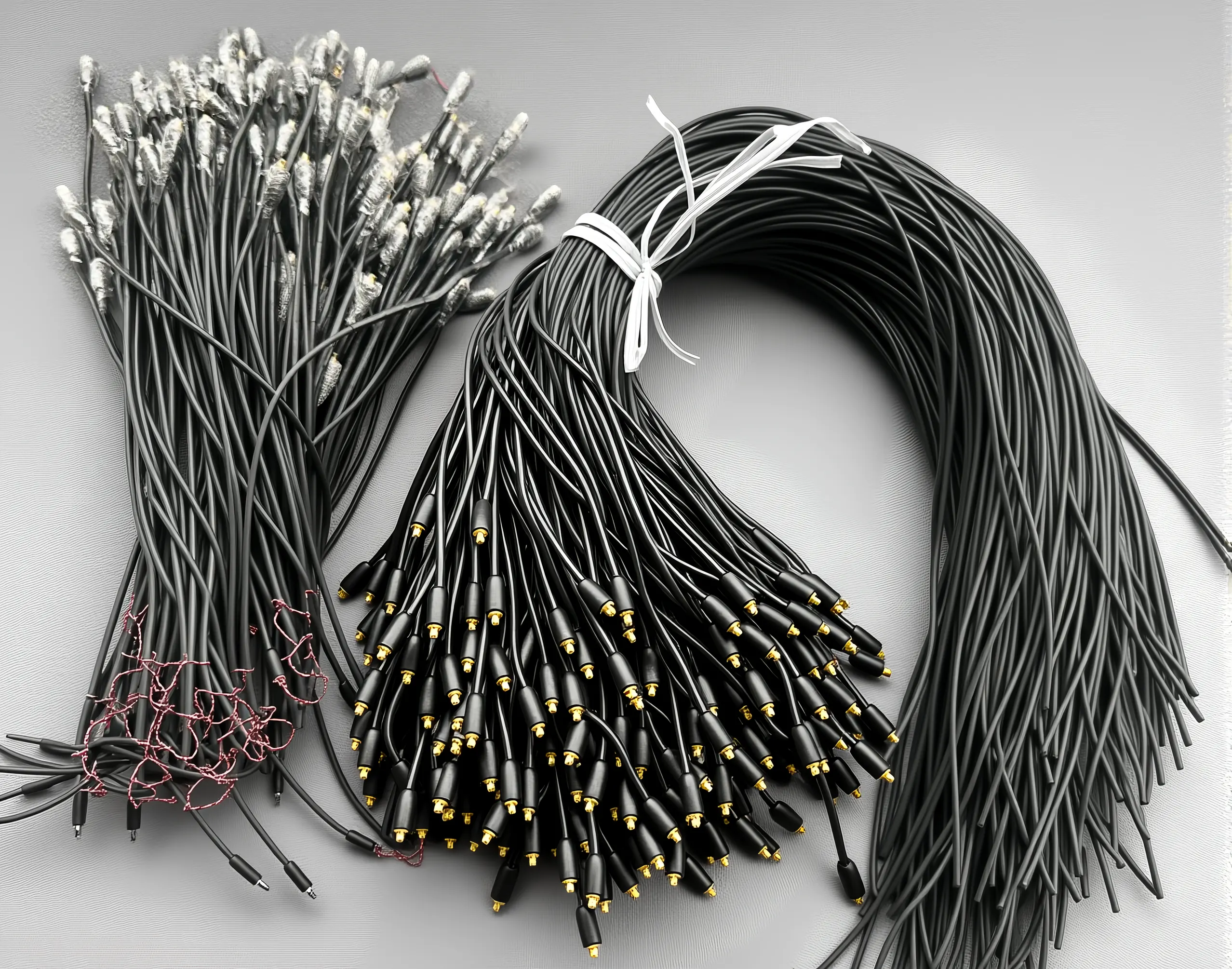
By quanyu lee
2025-10-20 11:16:03
MMCX Cable Technology Advantages and Application Guide
As wireless communications, precision instruments, and smart devices continue to miniaturize, RF connection technology is transforming "large interfaces" to "high-density and lightweight." In this trend, MMCX cables, with their stable high-frequency performance, convenient assembly, and excellent mechanical strength, have gradually become an indispensable connection unit in modern RF systems. Whether in 5G base station modules, drone image transmission systems, or in medical monitoring and wearable devices, MMCX cables have demonstrated extraordinary application potential with their "small size, high performance" characteristics.
1. What is an MMCX Cable?
MMCX cables are miniature RF coaxial cables designed for compact electronic devices. They feature a standard 50Ω impedance, typically supporting signal transmission at frequencies of 6GHz and higher, and feature a compact snap-on connector. The connector rotates 360 degrees, requiring only a gentle press for a secure connection. The connector is typically designed for over 500 plug-in/plug-out cycles. This structure not only ensures good conductivity and shielding performance, effectively preventing signal interruption caused by vibration, but also avoids cable entanglement, while making the cable easy to replace or repair. Therefore, it is very practical in scenarios that require a secure, detachable, and rotatable connection. It is commonly found in antenna connections of GPS devices and high-end in-ear monitors (IEMS).

2. Technical advantages of MMCX cables
Compact and lightweight design
The MMCX connector has a diameter of approximately 2.4mm, enabling high-density cabling in limited spaces and is particularly suitable for small devices.
Excellent high-frequency transmission performance
With PTFE high-frequency insulation and gold-plated contacts, MMCX cables significantly reduce insertion loss and reflections, maintaining signal integrity.
Vibration-resistant structure
The snap-on structure provides excellent vibration and loosening resistance, making it suitable for outdoor and mobile use.
Diverse cable compatibility
Compatible with a variety of RF coaxial cables, including RG-178, RG-316, and 1.13mm, supporting a variety of bend radii and flexibility designs.

3. Key Features of MMCX Cables
| Project | Technical parameters | Features |
| Impedance | 50Ω | Compatible with mainstream RF systems, with minimal signal reflection |
| Frequency range | 0~6GHz | Applicable to Wi-Fi, GPS, 5G, and other frequency bands |
| Plug and unplug life | ≥500 times | High reliability, suitable for long-term use |
| Contact resistance | ≤10mΩ | Maintain low loss and high conductivity |
| Material structure | Gold-plated copper alloy + PTFE medium | Anti-corrosion, low dielectric constant |
| Working temperature | -55°C ~ +155°C | Adaptable to complex industrial and outdoor environments |
4. Typical application scenarios of MMCX cables
MMCX cables are widely used in various high-frequency communications and miniaturized equipment, including but not limited to:
Communication and RF Modules: Wi-Fi, LTE, Bluetooth, GNSS, and other signal transmission modules.
Drone Systems: Image transmission links and antenna connections.
Medical and Biomedical Instruments: Internal RF links for heart rate monitors and ultrasound diagnostic equipment.
Smart Wearables: High-density antenna connections and RF path routing.
Industrial and Automation Systems: Vibration- and interference-resistant signal transmission environments.
5. Customization trend of MMCX cables
With the increasing diversification of RF devices, standard MMCX cables are no longer sufficient to meet all application requirements.
The industry is currently trending towards high customization and precision assembly, primarily in the following areas:
- Interface orientation customization: supports straight, angled, and swivel designs.
- Cable length and shield customization: optimized based on system frequency and interference environment.
- Interface adapter solutions: hybrid configurations such as SMA-MMXC and U.FL-MMXC can be designed.
- Waterproof and vibration-resistant design: provides enhanced reliability for outdoor equipment.
As a professional wire harness and RF cable manufacturer, Kaweei provides one-stop services from design and sample development to mass production, ensuring that every cable meets the electrical and mechanical requirements of the project.

6. The difference between SMP and MMCX
| Compare items | MMCX | SMP |
| Overall dimensions | About 2.4mm | About 3.0mm |
| Frequency cap | 6GHz | Up to 40GHz |
| Connection method | Snap-on | Push-on plug-in |
| Plug and unplug life | ≥500 times | ≥100 times |
| Main applications | Wireless communications, drones, medical equipment | High-speed data transmission, military radar systems |
| Cost | Medium | High |
| Compatibility with SMA | Can be achieved through an adapter cable | Generally not compatible |
7. MMCX Cable FAQ
Q1: Can MMCX cables be used in high-frequency 5G modules?
Yes, some high-performance MMCX cables can support frequencies above 6 GHz, making them suitable for 5G and high-speed data modules.
Q2: What are the main differences between MMCX and MCX?
MMCX is smaller and lighter, making it suitable for space-constrained devices, while MCX is larger and more robust.
Q3: Are MMCX cables waterproof?
Standard models are not waterproof, but they can be protected by adding a seal or using an IP67 enclosure.
Q4: Are MMCX cables compatible with SMA connectors?
A dedicated adapter or custom cable is required to achieve this connection.
Q5: Does WIRE HARNESS ASSEMBLY offer custom MMCX cables?
Yes, we can customize the connector angle, cable length, material, and frequency matching to ensure our products fully meet your system requirements.
8. MMCX Cable Summary
As RF technology continues to evolve, MMCX cables have become a key component for connecting small, high-frequency devices. They combine high performance, high density, durability, and scalability, excelling in a variety of fields, including industrial control, wireless communications, medical instruments, and smart terminals.



